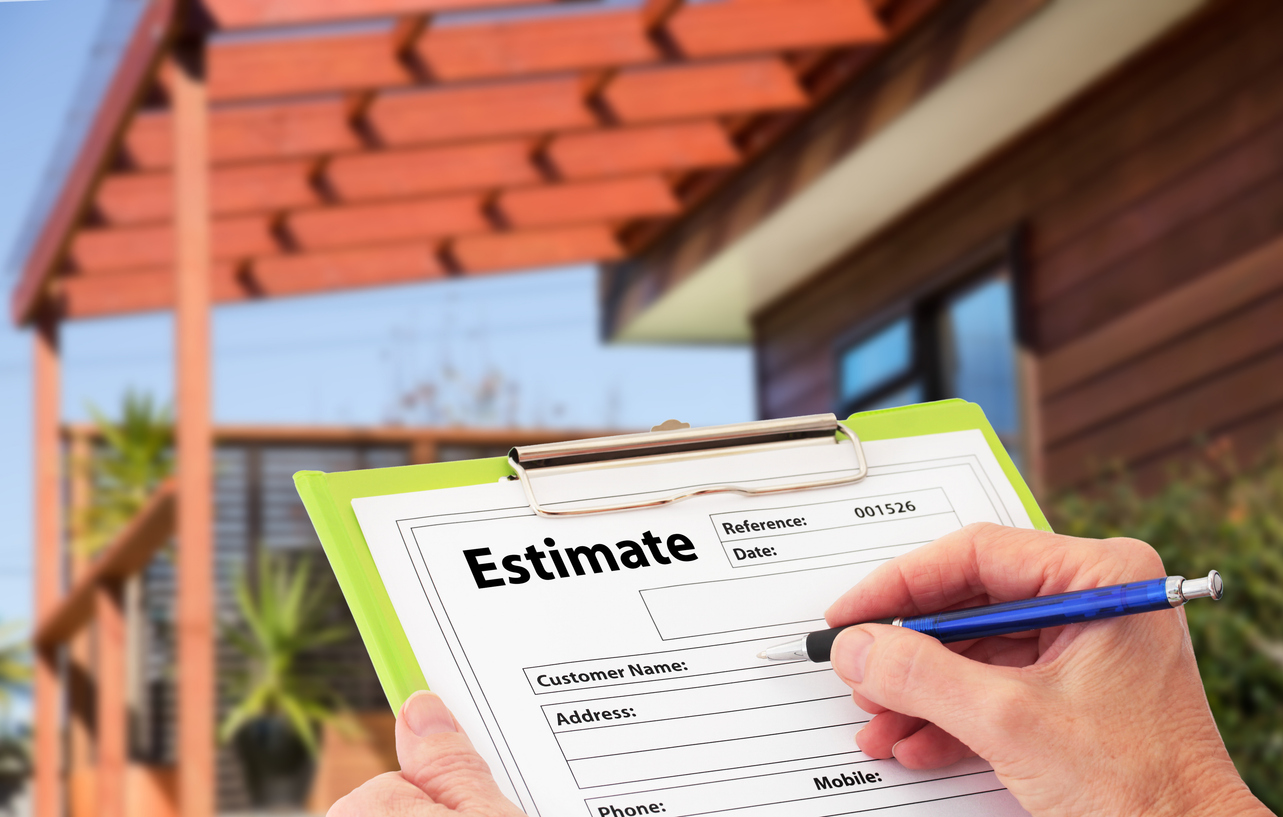Some adjusters say that the replacement cost is no longer theoretical once the replacement and charges for the replacement are made. This is often not the case. Especially in significant damage cases, the replacement is often not made back to pre-loss condition with similar materials or quality of construction. When considering personal property items, many may be obsolete or no longer available new. Again, the replacement value is theoretical; it is not an exact number, and that is true even if replacement has been made.
Further, policyholders should be counseled to consider maximizing their rebuilding replacement cost benefits by repairing or replacing differently than in the pre-loss manner. Fashion, architecture, and tastes of a more contemporary nature will often yield a much higher value to the property by repairing or replacing in a different manner than before. If so, the policyholder doing so is very well served by hiring a public adjuster who will prepare an estimate of replacement cost to the pre-loss condition of the property along with actual cash value, which serves as a theoretical basis for discussion with the insurer.
A recent Connecticut case is a classic example of this situation where the policyholder did not hire a public adjuster and did not have evidence to counter the insurance company’s analysis of the theoretical maximum replacement cost owed and paid by the insurer. 1 The judge noted the following facts:
The plaintiff did not repair the house to its pre-loss condition but chose to build an entirely different structure than the one damaged in the fire. As to additional living expenses, the plaintiff claims that he incurred unreimbursed expenses of $192,825, which amount far exceeds the policy limit of 12 months of ALE. The plaintiff testified at his October 28, 2019 deposition that he could not move back into the house until July or August of 2019 (approximately two and one half years after the fire) because it was still under construction….
The new house has more than 3,000 square feet of living space and includes an attached garage, nearly double the existing structure…The plaintiff has not presented any line-item estimate of the cost to repair the original structure to its pre-loss condition, but he has submitted a one-page proposal, un-itemized, from Salerno Remodeling, LLC, in the amount of $458,982… This un-itemized proposal exceeds the policy’s Extended Coverage A limits by more than $200,000. There was no way to determine what the proposal includes. In addition to a new, much larger house, there were numerous upgrades including the kitchen, bathrooms and basement….
The first lesson from this case is that a non-itemized construction proposal to rebuild back to pre-loss condition is not going to satisfy a judge or anybody about a theoretical replacement cost figure. This is why I often suggest that policyholders retain a competent and professional public adjuster, especially if the property is not going to be replaced exactly back to pre-loss condition.
The court ruled against the policyholder, noting that the policyholder had the burden to prove the amount of damages and that only Liberty Mutual had provided a sufficient estimate of damage along with payment of the same:
‘The plaintiff has the burden of proving the extent of the damages suffered…. Although the plaintiff need not provide such proof with mathematical exactitude … he must nevertheless provide sufficient evidence for the trier to make a fair and reasonable estimate….’ Naples v. Keystone Bldg. & Dev. Corp., 295 Conn. 214, 224, 990 A.2d 326 (2010). There has been no breach of the contract here….
According to Liberty, it has paid the plaintiff everything he is entitled to under the policy. It has paid the RCV of the cost to repair the dwelling to its pre-loss condition, and it has paid 10 months of additional living expenses (even though the repairs should have taken 4 months to complete.) The plaintiff chose to build an entirely different, much larger house than his original premises. While that was his prerogative to do so, he was not entitled to the full cost of the new structure under his applicable homeowners policy. Not only does it conflict with the policy language, but it would create a ‘moral hazard’ as noted in In re State Farm Fire and Casualty Company, 872 F.3d 567, 573 (8th Cir. 2017).
…
Liberty is accurate in its position that it has paid the plaintiff everything he is entitled to under the above-referenced provisions of the policy. Liberty has paid the RCV to repair the dwelling to its pre-loss condition, and it has paid 10 months of ALE. While the plaintiff has the power to choose to build an entirely different, much larger house than that was damaged…, that decision does not mean he is entitled to the full cost of the new structure under the clear and unambiguous applicable homeowners provision in his policy. The linchpin of the resolution…does not turn on his fatherly desire to build a completely new, more respiratory and environmentally friendly house for his family, but, whether he had the unilateral authority to decide to build a much larger new house and require Liberty to pay the entire cost when he has contracted with Liberty for a homeowners policy with unambiguous coverage amounts and his payment of the premium required to secure those specific coverage limits. The court finds that he has the right to build what he chooses to construct, but clearly has no legal authority under the agreed upon contractual coverage limitation provisions to demand that Liberty pay for his personal desire for a new and large home. The plaintiff has presented nothing to rebut Liberty’s demonstration that there is no genuine issue of material fact as to the breach of contract count I, and Liberty is entitled to judgment as a matter of law.
The result could have been different if the policyholder had retained an expert public adjuster to make a full replacement cost estimate based on the theoretical cost to repair the damaged property, even if the policyholder chose to build much differently than the pre-loss condition. Often, a public adjuster will be able to negotiate with the insurer to come to an agreed amount of replacement cost, and no litigation is required.
I also invite readers to study a situation where policy language may yield a different analysis under Illinois law, as noted by Chicago-based Merlin Law Group attorney Ed Eshoo in Is a Repair Cost Estimate Relevant When Repairs Are Based on Actual, Incurred Costs?
Thought For The Day
If you think hiring professionals is expensive, try hiring amateurs.
—Anonymous
1 Kutrolli v. Liberty Mutual Ins. Corp., No. UWY-CV-18-6042867-S, 2024 WL 1879890 (Conn. Super. Ct. Apr. 25.2024).




